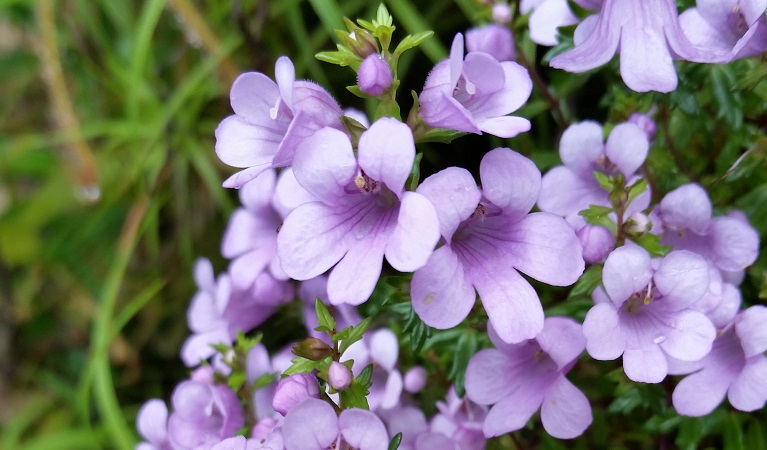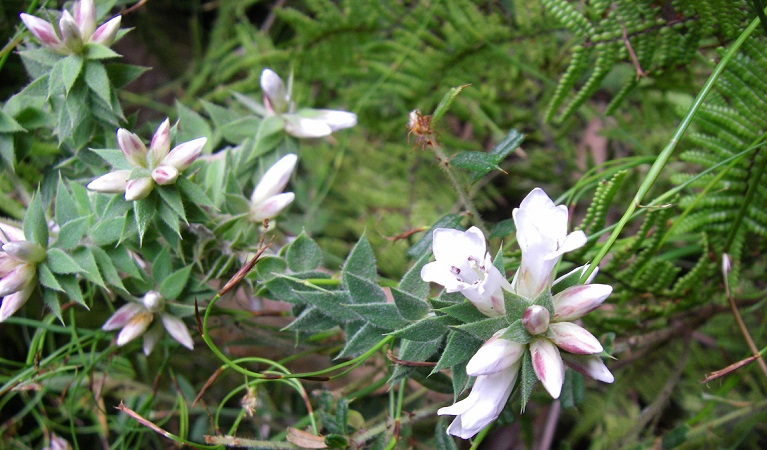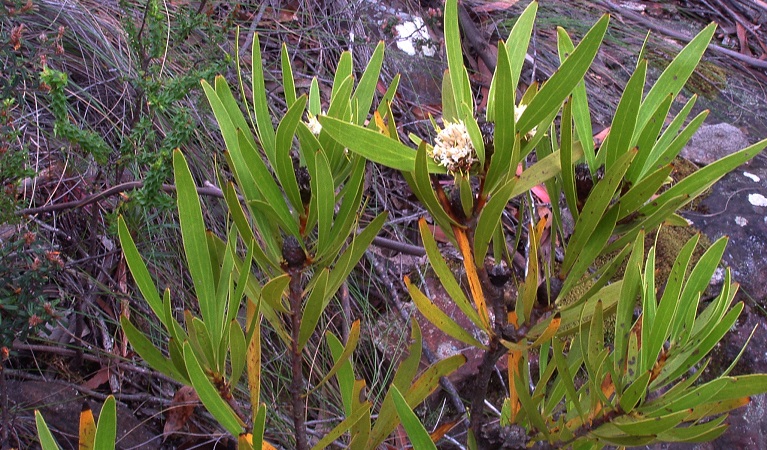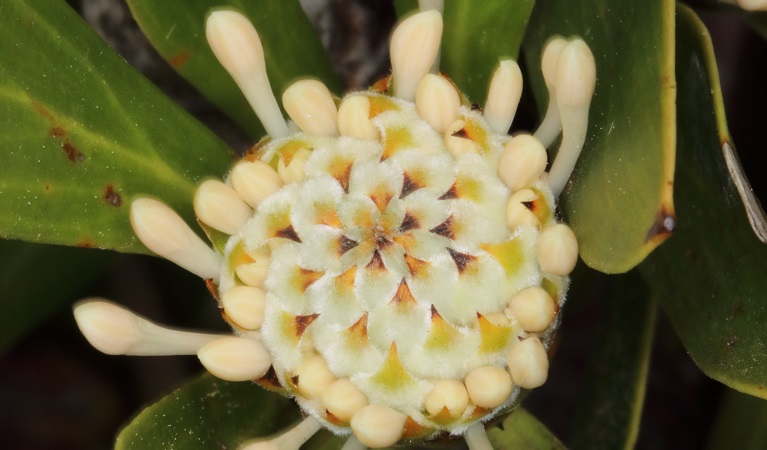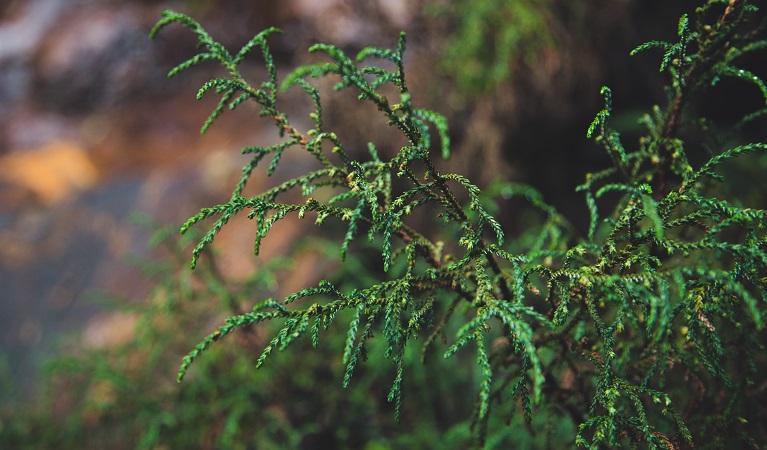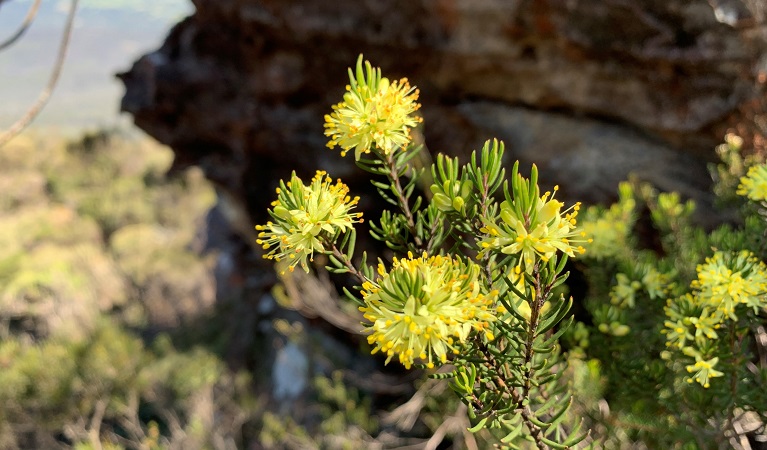The Cliffhanging 5
Five amazing plant species are clinging to life around the rugged cliffs of Blue Mountains National Park. NSW National Parks and Saving our Species are working together to protect ‘the cliffhanging 5’.
Read more about The Cliffhanging 5
Millions of years ago, the climate was warmer and much wetter than today. The global climate conditions in which the cliffhanging 5 thrived have changed. These rare plant species are now only found on the steep cliffs of the upper Blue Mountains. They grow in a few highly specialised niches that receive valuable moisture.
The cliffhanging 5 are each as unique as the other:
- Eyebright (Euphrasia bowdeniae) is a vulnerable species that grows halfway up the cliffs on vertical sandstone rock faces. It’s a small plant and easily missed, except for when it flowers between September and December. It blossoms into lovely purple flowers.
- Epacris hamiltonii is an endangered shrub only found within 3 catchments that all lead to the Grose Valley. It relies on groundwater seeping through the sandstone walls of cliff overhangs. In spring, it blooms into gorgeous pink and white bell-shaped flowers.
- Fletchers drumstick is a striking shrub that dates back to the time of Gondwana. It flowers during spring and summer. You’ll recognise it then by its long stalks that look like drumsticks with small yellowish or creamy-green flowers crowded around the top.
- Dwarf mountain pine is an endangered plant that has outlived the dinosaurs. It now only grows along 9km of Blue Mountains escarpment in the spray zones of waterfalls and seepage lines. It gives us a rare glimpse into life on earth during the Gondwana age.
- Leionema lachnaeoides is an endangered shrub that looks like many other Blue Mountains plants until it flowers in spring with vibrant yellow flower heads.
Help us protect the Cliffhanging 5
The main threats to these plants’ survival are people trampling on them or picking the flowers while rock climbing, bushwalking or abseiling. NPWS is working to reduce this by assessing the species' populations and educating climbers and bushwalkers about how they might be impacting these plants.
If you're bushwalking, abseiling or climbing in the area:
- Keep to main tracks. These species are easily damaged when trampled, touched or disturbed.
- Take photos, not flowers.
- Treat every plant like it was the last one. These 5 plant species are found nowhere else in the world.

